Inclusivity
These posts discuss various forms of inclusivity such as sizing, female designers, Canadian designers and non-Western fashion:
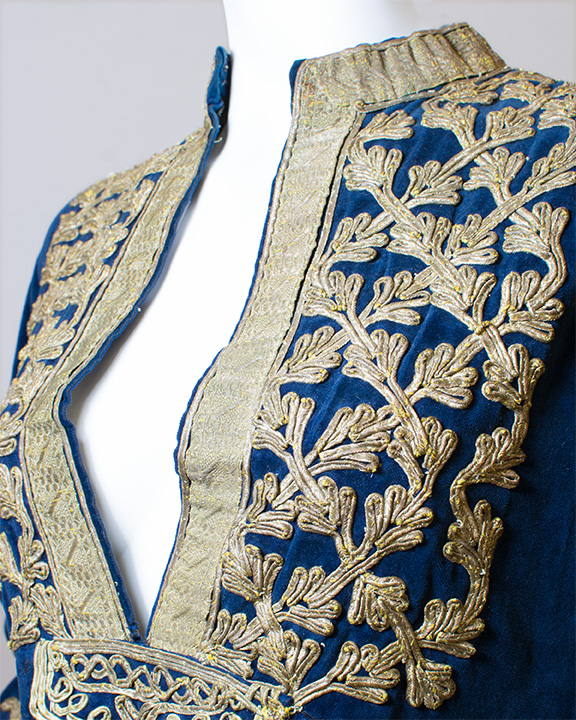
(PDF file) Velvet: Comfort or Culture? (opens in new window)
Prompted by personal experiences, Rehab Patel performs a close reading of a 1970s Afghani dress to learn how clothing influences cross-cultural identity and belonging for Afghani-Canadians.
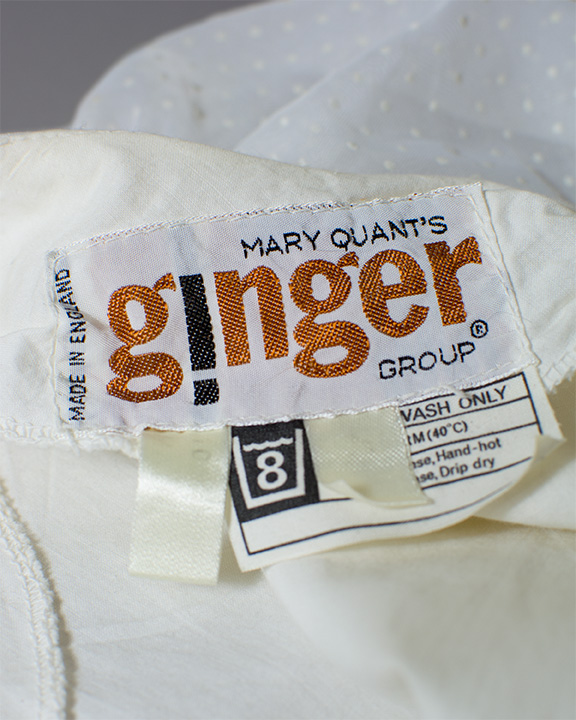
(PDF file) Did Mary Quant’s designs conform to or defy the gender roles of the 1960’s? (opens in new window)
Mariam Mansour and Samika Chadha question if the Ginger Group line was size friendly and its influence on Western women's fashion in the 21st century.
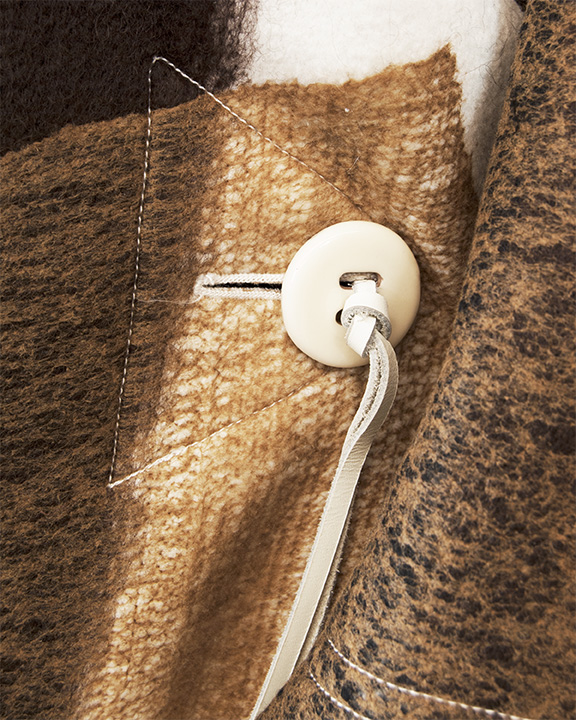
(PDF file) Collage Through Feminism and Textile (opens in new window)
Tricia Crivellaro illuminates the work of textile designer, Makiko Minagawa and seeks to understand how feminism can be evoked through a blanket coat created by the artist.
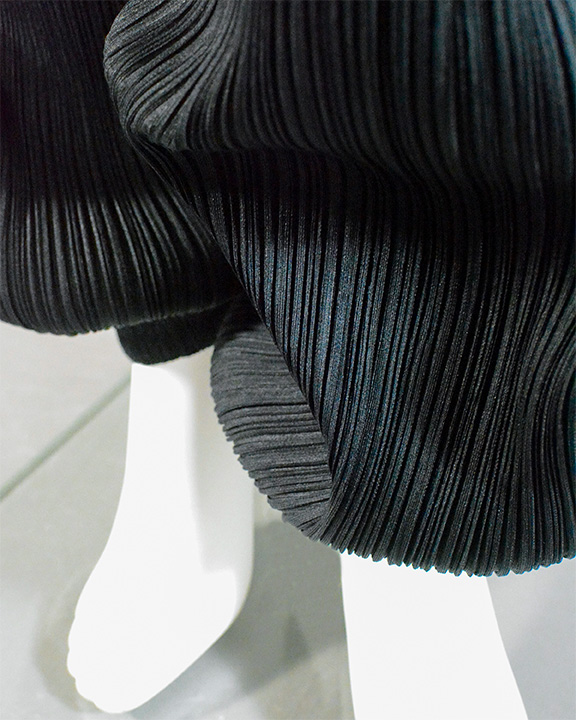
(PDF file) Issey Miyake Trousers (opens in new window)
To learn how a pair of Pleats Please trousers by Issey Miyake fits into his design vernacular, Fedlande Fenelon and Eiro Issakidis take a deep dive into the designer's techniques and influences over the course of his forty-year career.
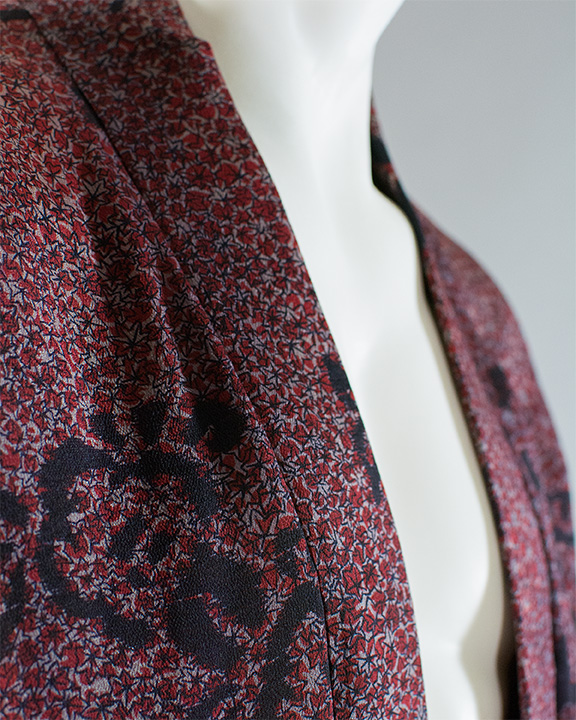
(PDF file) Haori: An Aspect of Culture (opens in new window)
Benedikte Goronga compares and contrasts the materiality between two Japanese haori jackets, one belonging to the FRC, and the other from a privately owned collection.
(PDF file) Military Influence on Fashion: The Bomber Jacket (opens in new window)
Sara Abraham discusses how the bomber jacket symbolized the shift from practicality to aesthetics in fashion.
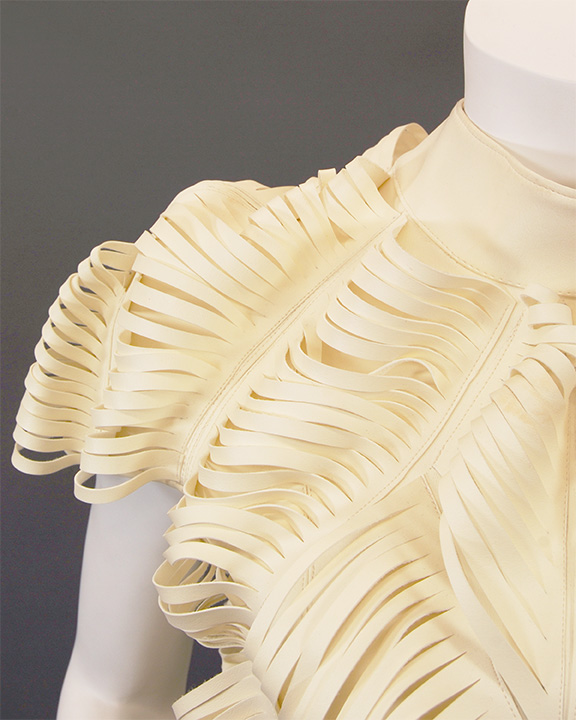
(PDF file) Yvonne Lin: Analysis of the White Slashed Leather Minidress (opens in new window)
By analyzing an intricate garment created by TMU alum Yvonne Lin, Julia Birnie explores the use of 3D technology within fashion.
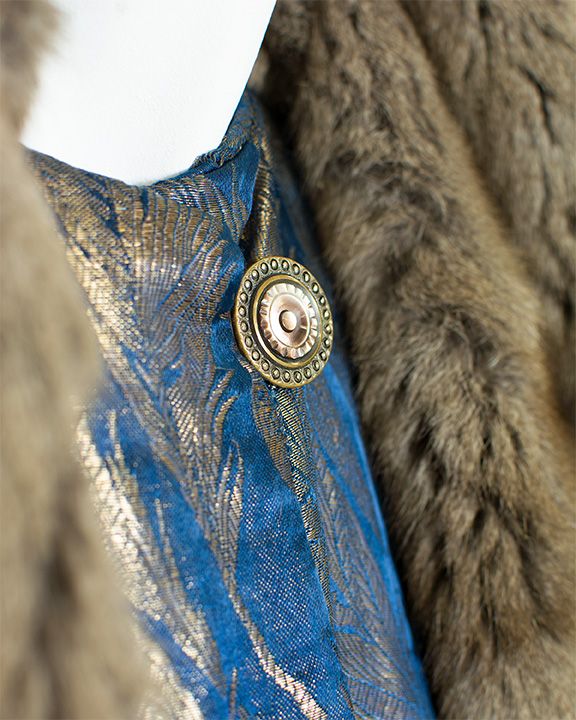
(PDF file) 1920s Brocade Opera Coat Reflecting Feminism and the “Modern Girl” (opens in new window)
Through the analysis of a 1920s opera coat, Dianna De Angelis discusses the rise of feminism and the birth of the "Modern Girl" in Canada.
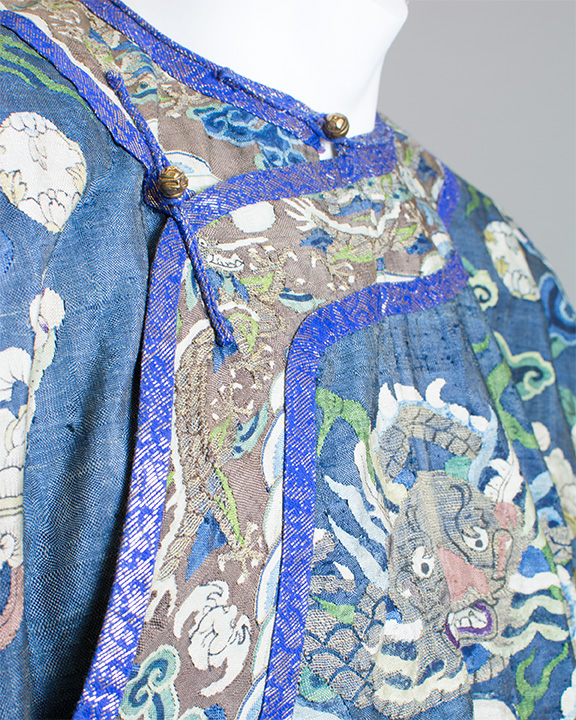
(PDF file) The Journey of a Chinese Robe (opens in new window)
Tori Hopgood explores the history, construction, and symbolism of a late 1800s Chinese robe by comparing it to similar robes.
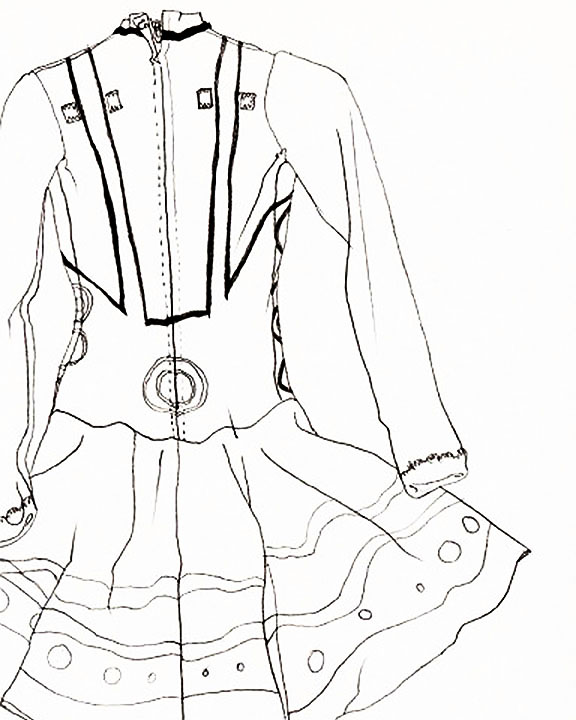
(PDF file) Elite Syncopations Leotards (opens in new window)
Teresa Adamo studies the construction and role of two seemingly identical ballet costumes.
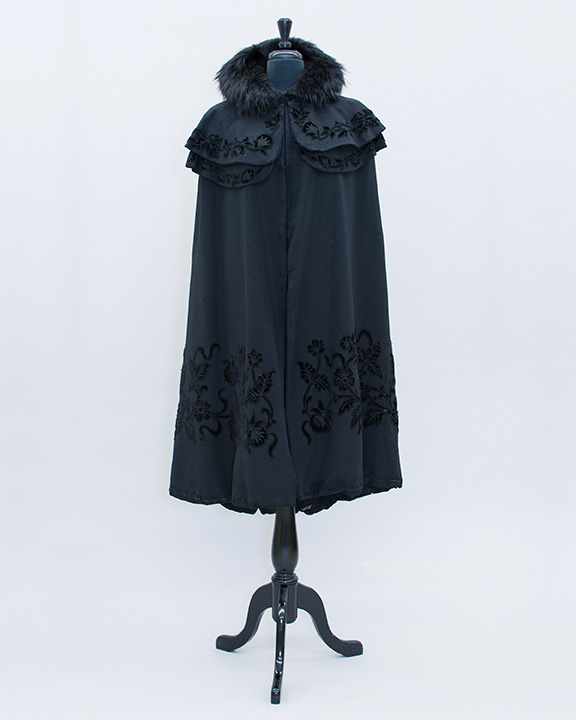
(PDF file) Reading a Cape (opens in new window)
Tori Hopgood dates a T. Eaton Co. cape by performing a comparative analysis and considering the history of typography.
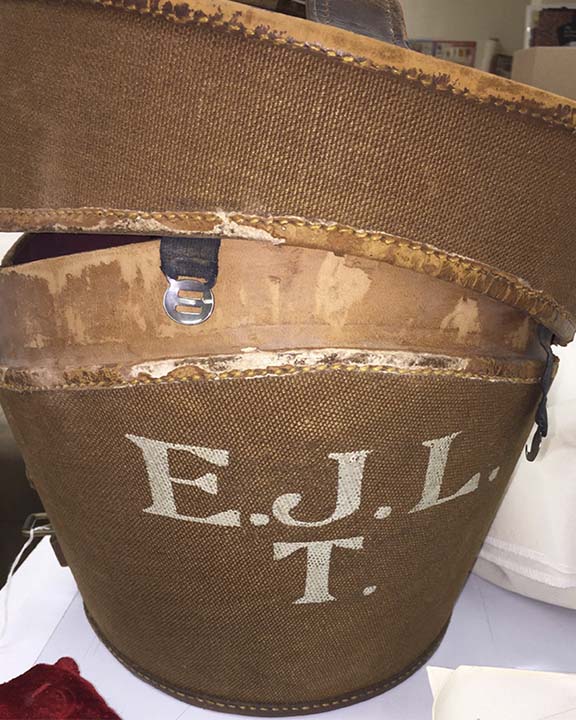
(PDF file) The Top Hat of E.J Lennox (opens in new window)
Through analysis and research, author Amanda Memme learns more about the original owner of a top hat from the 1890s.
(PDF file) An Ode to Claire McCardell (opens in new window)
Jenn Bilczuk discusses how the changing social landscape of the 1940s elevated Claire McCardell's simple yet style designs into fashion discourse.
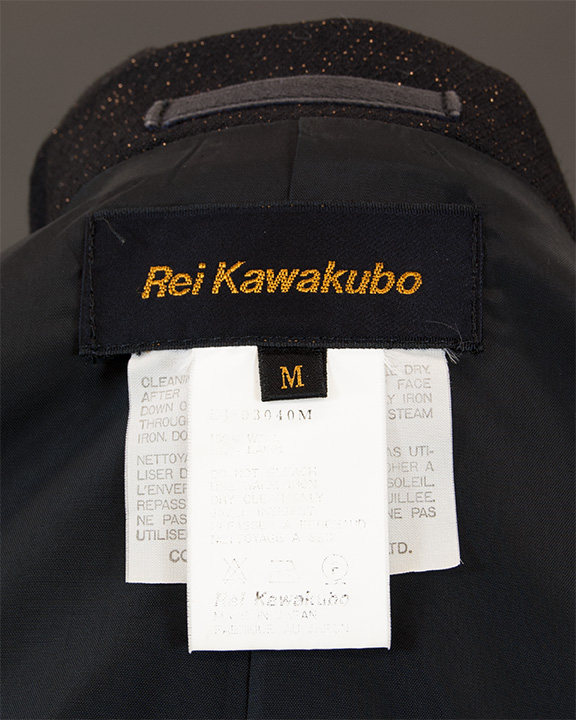
(PDF file) An Analysis of a Women’s Frock Coat by Rei Kawakubo (opens in new window)
By analyzing a 1990s frock coat, Jordan Nguyen explores Rei Kawakubo's continuing influence on design, Japanese design aesthetics, and gender neutrality.
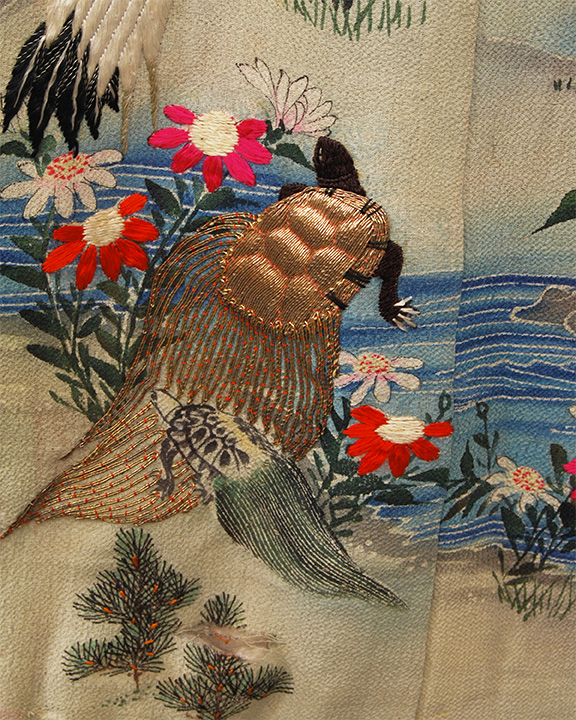
(PDF file) The Language of the Kimono (opens in new window)
Dr. Ingrid Mida examines a kimono purchased by the donor's grandparents in the 1930s.
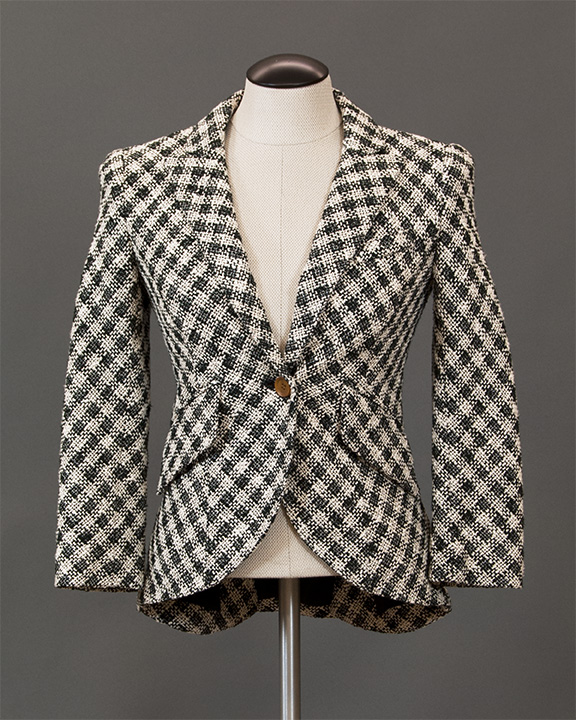
(PDF file) Smythe Les Vestes (opens in new window)
Jennifer Braun examines a tweed jacket and the unique history of the Canadian company that designed it.
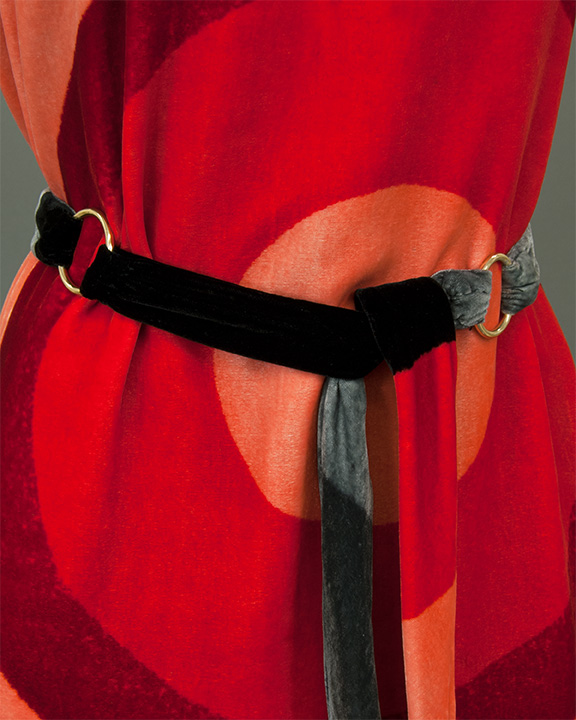
(PDF file) Hanae Mori Velvet Shift Dress (opens in new window)
Kimberly Lecky writes about who might have been the original wearer of a Hanae Mori dress from the 1970s.
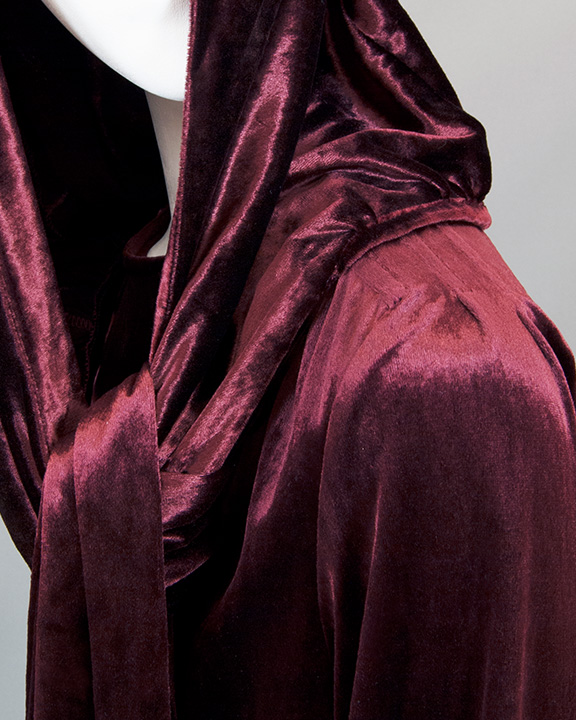
(PDF file) A Marilyn Brooks Evening Gown (opens in new window)
Reflecting on her experiences with the Canadian designer, Dr. Ingrid Mida speaks to the importance of Marilyn Brooks's 40-year career.
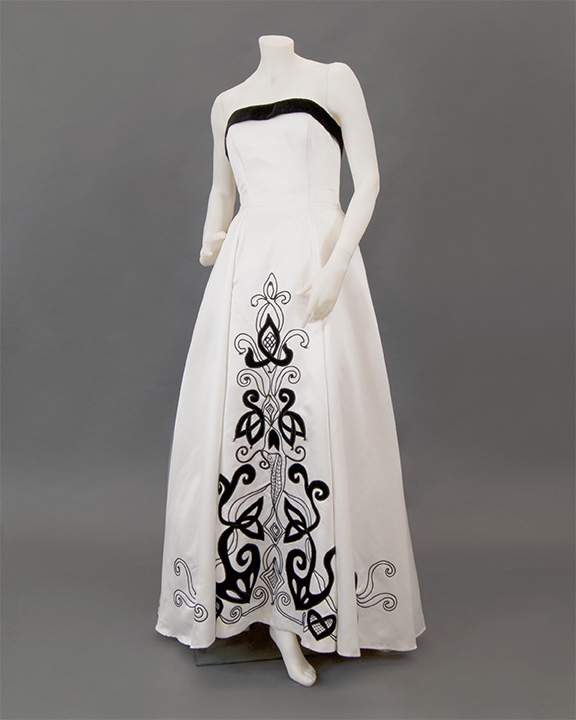
(PDF file) Evening Gowns and Canadian Designer Pat McDonagh (opens in new window)
Dr. Ingrid Mida explores two evening ensembles by acclaimed Canadian fashion designer, Pat McDonagh.
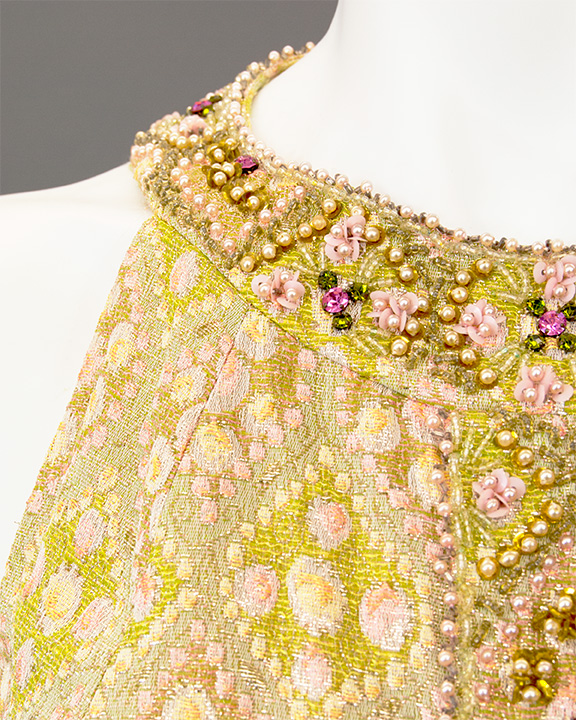
(PDF file) Evening Gowns and Canadian Designer Ruth Dukas (opens in new window)
Dr. Ingrid Mida highlights the work of Canadian designer Ruth Dukas, who remained largely unknown until the 1960s.